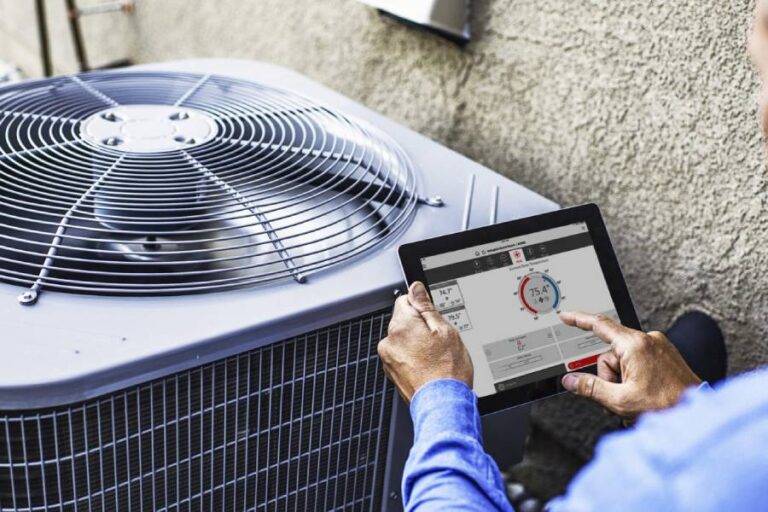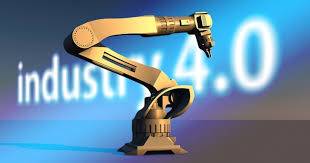As the IoT in real world continues to expand, IoT payments are becoming increasingly popular and are being integrated into a wide range of applications, including retail payments, mobile payments, and smart home devices. In this article, we will discuss its benefits and applications.
What is IoT Payments?
IoT (Internet of Things) Payment is a method of conducting financial transactions through connected devices such as smartwatches, smartphones, and other internet-connected devices. IoT payment is a form of digital payment that enables users to pay for goods and services using their connected devices.
The devices can be connected through the internet or through a specific network. IoT payment is designed to make financial transactions easier, more secure, and more convenient.
Benefits of IoT Payments
There are several benefits of IoT payment, including the following:
- Convenience
One of the major benefits of IoT payment is convenience. IoT payments eliminate the need for users to carry cash or cards, as transactions can be made through the connected device that is already in the user’s possession.
This makes the payment process faster and more convenient, as users can quickly and easily make purchases without having to search for their wallet or purse. Additionally, IoT payments can be made from anywhere, at any time, allowing users to make purchases on the go.
This makes IoT payments a highly attractive option for individuals who are always on the move and require a fast and convenient way to make payments.
- Security
IoT payment transactions are encrypted and use secure communication protocols to protect users’ financial information. In addition, users can often choose to set up biometric authentication, such as fingerprint or facial recognition, to further secure their transactions.
This helps to reduce the risk of fraud and ensures that users’ financial information is protected. IoT payments also offer real-time monitoring and alerts for suspicious activity, helping to prevent unauthorized transactions.
Overall, the security features of IoT payments help to provide users with peace of mind, knowing that their financial information is protected and secure.
- Speed
Transactions made through connected devices are typically faster than traditional payment methods, as the payment process is streamlined and automated. This means that payments can be completed in real-time, reducing the time needed for the transaction to be processed.
This makes IoT payments particularly convenient for users who are in a hurry, as they can make payments quickly and efficiently without having to wait in line or deal with cash or card transactions.
The speed of IoT payments also benefits merchants, as it helps to reduce the time spent on administrative tasks such as manual reconciliation of financial data. As a result, merchants can spend more time focusing on other important aspects of their business.
- Increased Efficiency
IoT payment systems automate the payment process, reducing the need for manual intervention and minimizing the risk of errors. This results in increased efficiency for merchants and financial institutions, reducing the time and resources needed for administrative tasks such as reconciling financial data.
Additionally, IoT payment systems can be customized to suit the needs of individual users, enabling them to set spending limits, receive alerts for suspicious transactions, and manage their finances from a single device.
The increased efficiency of IoT payments helps to streamline financial transactions, making it easier and more convenient for users to manage their finances.
- Personalization
With IoT payment systems, users can customize their payment experiences to suit their individual needs. This can include setting spending limits, receiving alerts for suspicious transactions, and managing their finances from a single device.
Personalization also allows users to control their financial information, ensuring that it remains private and secure. In addition, the use of biometric authentication, such as fingerprint or facial recognition, adds an extra layer of security to IoT payments.
With IoT payments, users have more control over their finances, making it easier to manage their spending and monitor their accounts.
Applications of IoT Payments
The applications of IoT payment are diverse and include the following:
- Retail Payments
IoT payment is widely used in the retail sector, with customers using their connected devices to make payments in-store. This reduces the time needed to queue and makes the payment process more convenient for customers.
- Mobile Payments
IoT payment is also used for mobile payments, enabling users to pay for goods and services through their smartphones. This includes paying for transportation, food delivery, and other services that are typically accessed through mobile apps.
- Wearable Devices
IoT payment is integrated into wearable devices such as smartwatches and fitness trackers. This allows users to make payments on the go, without having to take their phone or wallet out of their pocket.
- Smart Home Devices
IoT payment can also be integrated into smart home devices such as smart locks, smart lighting, and other connected devices. This enables users to control their home and make payments through a single device, making it easier to manage their home and finances.
- Automated Teller Machines (ATMs)
IoT payment is used in ATMs, enabling users to withdraw cash or perform other financial transactions using their connected devices. This makes the payment process more convenient and reduces the time needed to queue at ATMs.
Conclusion
In conclusion, IoT payment is a form of digital payment that utilizes internet-connected devices to make financial transactions. It offers several benefits such as convenience, security, speed, increased efficiency, and personalization.
The applications of IoT payment are diverse, including retail payments, mobile payments, wearable devices, smart home devices, and ATMs. As the Internet of Things continues to expand, IoT payment is likely to become an increasingly popular method of conducting financial transactions.
Read more: How Small Businesses Can Take Benefit of IoT




